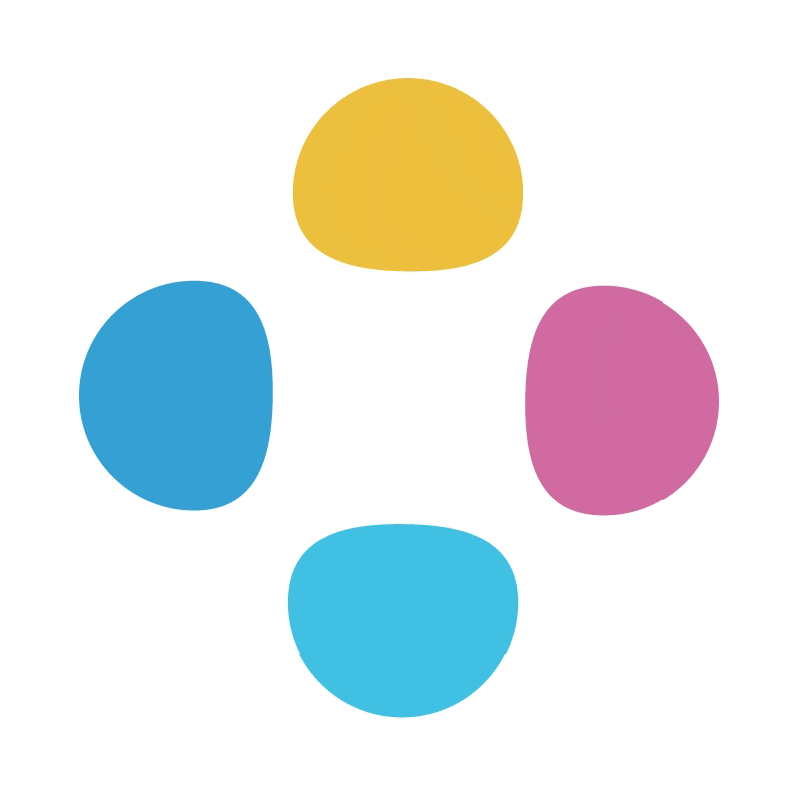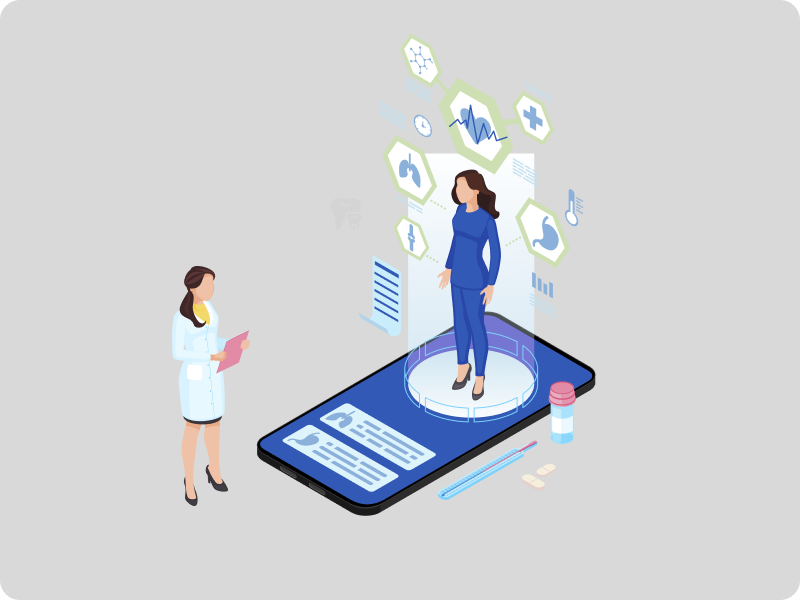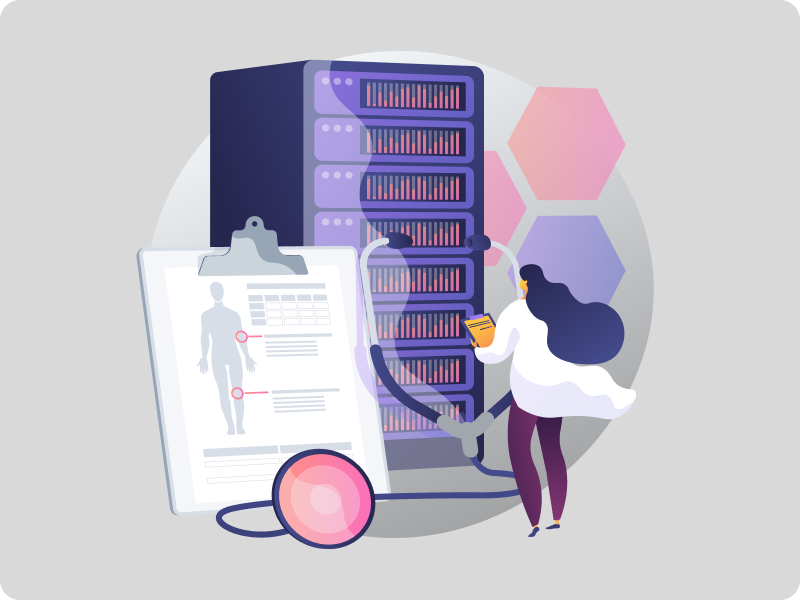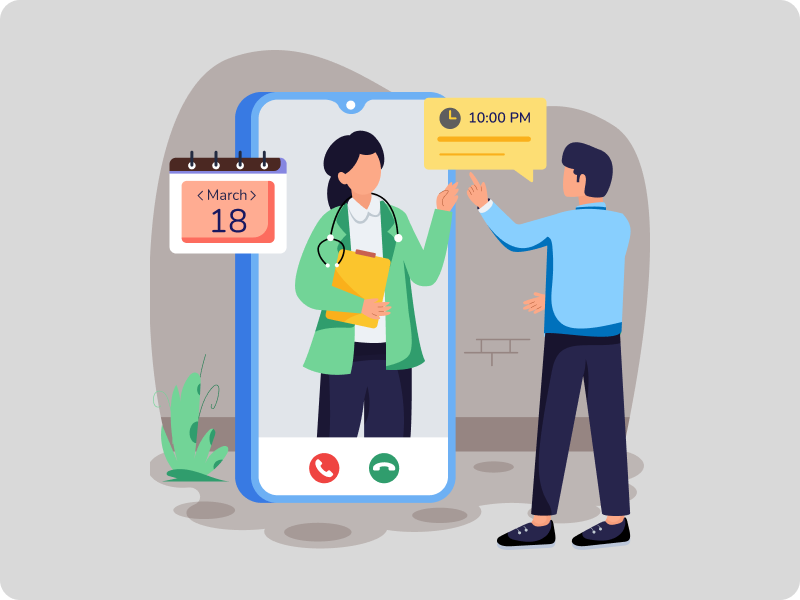Easily Manage Multiple Locations with One Platform
The Growing Complexity of Managing Multi-Location Operations
Managing a single healthcare practice can be challenging. When a healthcare group operates across multiple locations, the level of complexity increases significantly. Providers often encounter issues such as scattered patient records, uncoordinated scheduling and disconnected communication channels with system. In a digital-first world where patients expect efficient and consistent service, relying on manual or disconnected systems across locations compromises quality of care and operational efficiency.
This article explores how healthcare practices operating from more than one location can simplify their workflows, standardize patient experiences and scale effectively using a unified healthcare platform. Such platforms allow practices to manage everything from patient records to appointment scheduling from a single, integrated system.
Common Operational Challenges Faced by Expanding Healthcare Networks
As healthcare networks grow, they begin to face several operational difficulties that can hinder both administrative performance and patient satisfaction.
1. Maintaining consistent and accurate patient records becomes difficult when each location uses separate systems or manual processes. This often results in duplicated efforts, delayed care and gaps in patient history. Implementing digital patient records across all locations helps providers securely access medical histories regardless of the branch.
2. Coordinating appointments across several locations becomes complicated without centralized scheduling. Healthcare professionals may face double bookings or underutilized consultation hours. A robust appointment scheduling system provides real-time visibility of availability and maintains efficient patient flow.
3. Billing and financial tracking are also affected by fragmented systems. Manual entries across different locations can lead to discrepancies and tedious reporting processes. A centralized billing platform standardizes invoicing, eases reconciliation and increases transparency across the network.
4. Administrative oversight is limited when leadership lacks access to performance data across all branches. Without centralized dashboards, timely decision-making becomes difficult. An administrative dashboard enables comprehensive visibility and supports data-driven leadership.
5. Staff management without digital support creates confusion in shift planning, access control and performance reviews. A staff management module enables coordinated scheduling, secure access levels and structured team management.
Leveraging Centralized Technology to Simplify Multi-Location Management
A centralized healthcare software platform integrates all critical functions to help healthcare practices operate as a single, cohesive unit.
1. One of the most significant benefits is a unified electronic medical record (EMR) system. It ensures patient information is always accessible and updated, supporting continuity of care and accurate diagnosis regardless of the branch.
2. Integrated appointment scheduling simplifies calendar management by allowing providers to oversee time slots across all branches separately. This reduces scheduling conflicts and enhances both staff productivity and patient convenience.
3. A standardized billing solution improves financial operations by providing consistent invoicing formats, real-time tracking and simplified payment processes.
4. With a dedicated reporting and analytics module, healthcare organizations can monitor performance indicators, identify trends and optimize decision-making with real-time data.
5. A secure operational environment is ensured through data protection protocols, including encryption, access control and compliance with regulatory standards.
Strategic Advantages of Centralized Platforms for Scalable Healthcare Delivery
1. Healthcare practices that adopt centralized platforms benefit from increased operational scalability. Adding new locations becomes less resource-intensive, as systems and workflows are already standardized.
2. With uniform processes in place, such as patient onboarding and consultation documentation, all branches deliver consistent quality of care. This strengthens the brand identity and improves patient confidence.
3. Access to integrated data across functions enables leadership to evaluate service performance and resource utilization efficiently.
4. Proved communication flows and automated reminders reduce missed appointments and improve compliance. Patient engagement tools help maintain consistent communication and increase appointment adherence.
5. From the patient’s perspective, consistent service quality, seamless access to records and predictable processes across locations make the experience more reliable and satisfactory.
Building a Future-Ready, Digitally Integrated Healthcare Practice
Healthcare providers operating across multiple locations must manage increasing complexity. Rather than allow this to impact service quality, transitioning to a connected and efficient digital platform presents a strategic advantage. A comprehensive healthcare transformation solution equips practices to deliver consistent care, enhance patient satisfaction and prepare for long-term growth.
Take the Next Step Toward Seamless Multiple Branch Management
Explore how a multi-branch healthcare management system can strengthen operational workflows, support your teams across all locations and improve the patient experience at every point of care.





